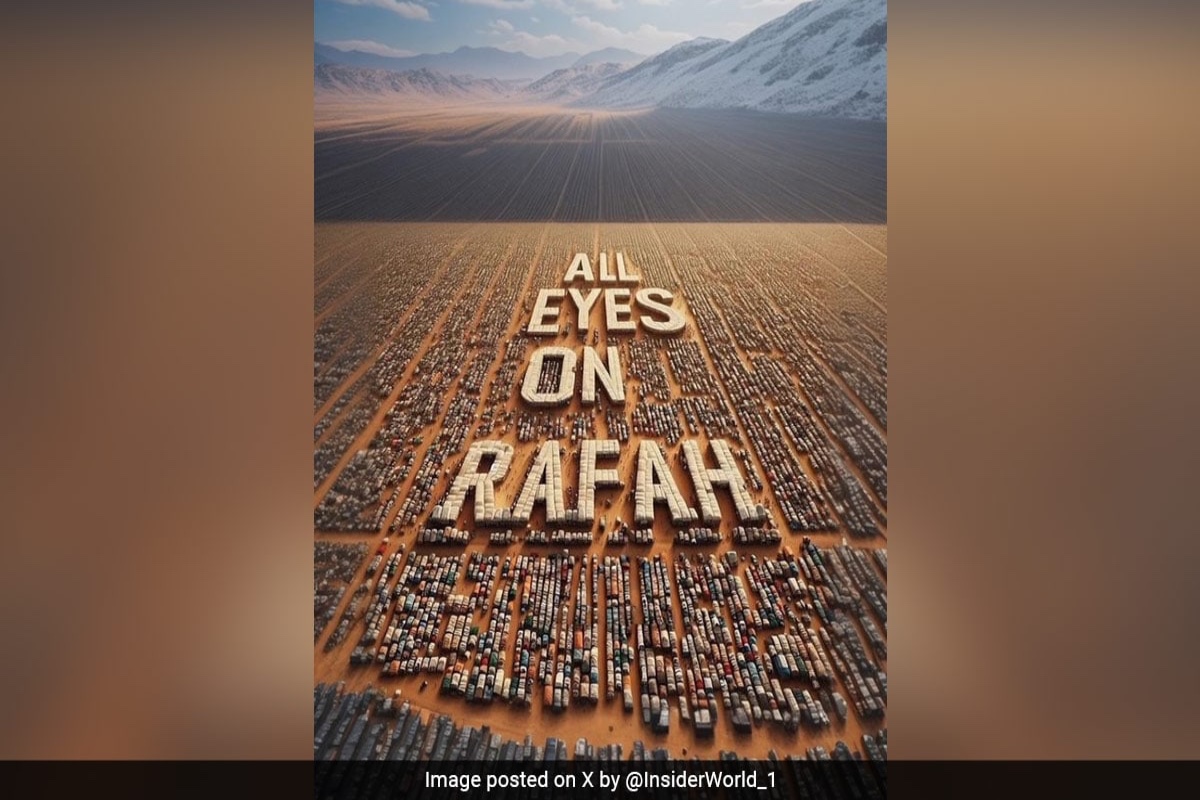The Forgotten Gate
By Sumayyah Meehan, MMNS Middle East Correspondent
 |
An emaciated baby in Somalia. Reuters |
The images of Africa and the Middle East collide in Somalia.
When you think of the Middle East, images of ‘black gold’ spilling out of Saudi Arabian oil fields, the glittering skyscrapers of Dubai, expensive cars and lavish mansions are some of the first things conjured up in the mind. Somalia is not.
Situated right between the Red Sea and the Arabian Sea lays Somalia, which is the often forgotten gate in Arabia. The war-ravaged country has slowly diminished to a shell of its former self over the past 17 years with the situation getting dire over the past year-and-a-half. Somalia has been engaged in a bloody civil war since the 1990’s between the weak government and rebel insurgents, which has crippled the country. Drought, unemployment, inflation and the global increase in the prices of imported goods are other factors that have set the Somalian people up for the worst humanitarian crisis that this World has ever seen.
This year alone has witnessed some of the worst fighting between the government and rebels with innocent civilians caught in the middle. Reports out of the country are dire. Insurgents attack local villages with brutal force, hacking villagers to death or maiming them with machetes. Women and children have too fallen prey to the predators, as they are being raped, tortured and some even kidnapped from their families. The insurgents have free reign over the country, as there are not any security forces in place to restore order. The US left Somalia in 1993 declaring it too dangerous and unpredictable for its forces to get under control. The UN also made its exit in 1995 citing the exact same reason. And the countries of the Middle East have also turned their backs on one of its own neighbors.
Refugees are fleeing the fighting in droves, packing what little belongings they have and leaving their homes seeking safety at feeding centers across the country. They walk for miles without food or refreshment. The only sustenance they have are leaves and a few wild berries that have somehow managed to grow in this unforgiving region. Women carry emaciated children on the brink of death in a last ditch effort to save their lives and men can only stand by unable to help their women, children or even themselves. And once they make it to the feeding centers there is often a shortage of food and supplies. So, they wait wondering if anyone is going to come to their rescue or if anyone even cares about what they are going through.
And as if things could not get any worse, armed pirates have reasserted their efforts in attacking International freighters passing through the Gulf of Aden loaded with much needed aid for the country. This past week a Japanese freighter was the latest vessel to fall victim to the pirates. The lives of the 23-member crew hangs in the balance, as the pirates have demanded millions of dollars in ransom. The latest seizure, according to the International Maritime Bureau, brings the number of hijackings this year to 33 with another 84 vessels having come under assault. The impasse created by the pirates is stifling the influx of food into the country, which is causing desperate Somalians to starve to death.
A similar situation was faced recently by Darfur, but a slick ad campaign requesting financial aid led by Hollywood heavyweights like George Clooney, Brad Pitt and Angelina Jolie, have pumped billions of dollars worth of food and medicine into the region, along with hundreds of thousands of aid workers. The only difference between Somalia and Darfur is the issue of safety. Somalia is seen as a ‘Pandora’s Box’ by the global community with no one willing to step up to the plate to restore peace, however it is also most probable that it is also viewed as a lost cause with countries not offering help because they’ve got nothing to gain.
The UN estimates that 3.5 million Somalians will require emergency assistance by the end of the year if the global community does not take drastic measures.
10-50











2008
1,030 views
views
0
comments